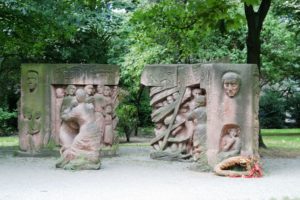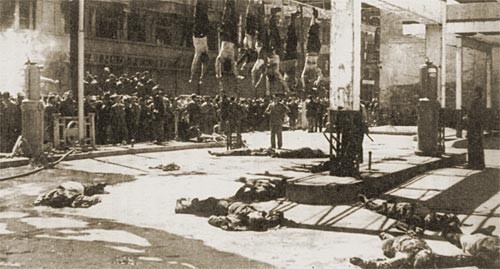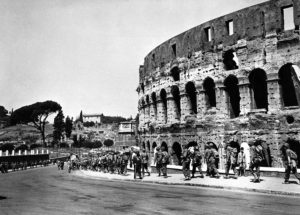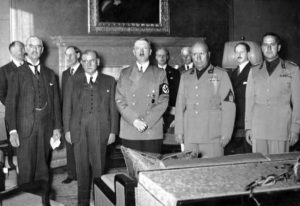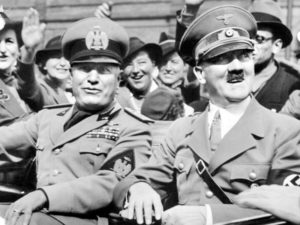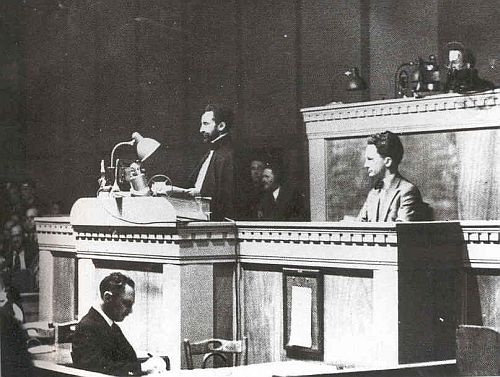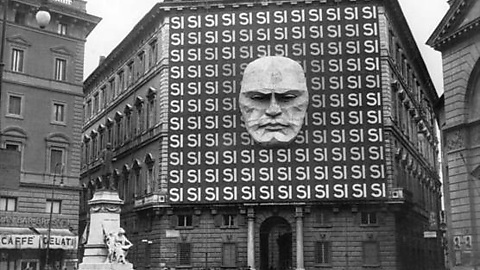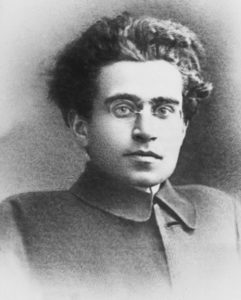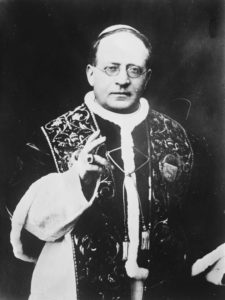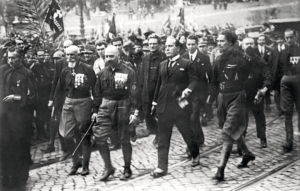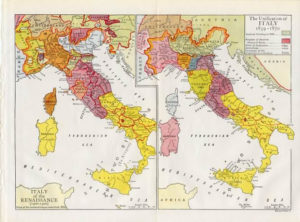“Sure, Mussolini was bad, but at least he made the trains run on time.”
You’ve probably said it. Or, you’ve been in a conversation and you heard somebody say it. Or you’ve seen it written somewhere. This cliche has been repeated time and again in countless different media (such as in the panel below, from DC’s New Earth series) to the point that one is almost more likely to associate the Italian dictator with railways than with the fascist ideology he invented. However, the commonly repeated trope does not have a basis in fact.
Supposedly punctual trains were part of Mussolini’s propaganda machine that put up a facade of well-functioning infrastructure for foreigners, suppressed reports of train collisions and accidents, and took credit for improvements implemented by earlier democratic regimes. There was no real bright side or silver lining to the authoritarian dictator’s reign. Not even well-functioning trains.
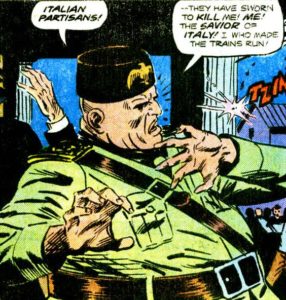
Podcast: Play in new window | Download
Subscribe:
